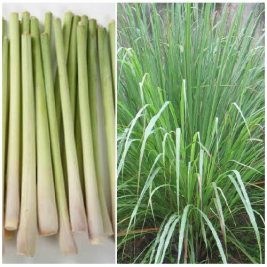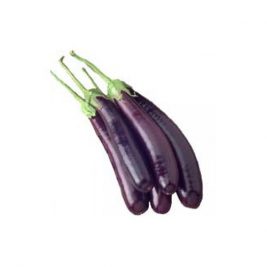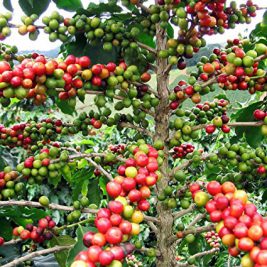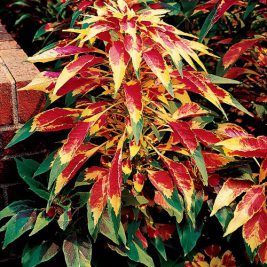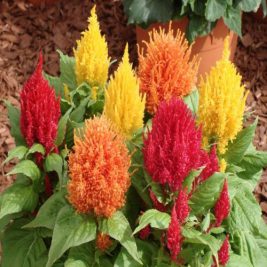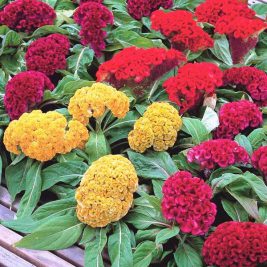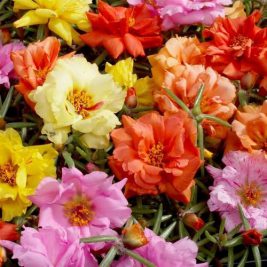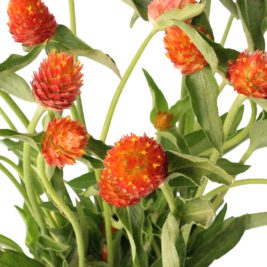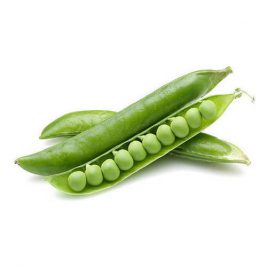Seeds
-
₨100
Cymbopogon, better known as lemongrass, is a genus of Asian, African, Australian, and tropical island plants in the grass family. Some species are commonly cultivated as culinary and medicinal herbs because of their scent, resembling that of lemons
-
₨100
Eggplant, aubergine, or brinjal is a plant species in the nightshade family Solanaceae, Solanum melongena, grown for its often purple edible fruit
-
₨100
Coffea is a genus of flowering plants in the family Rubiaceae. Coffea species are shrubs or small trees native to tropical and southern Africa and tropical Asia. The seeds of some species, called coffee beans, are used to flavor various beverages and products
-
₨100Gomphrena the Globe amaranths, is a genus of plants in the family Amaranthaceae. Species include: Gomphrena celosioides Gomphrena globosa—Globe amaranth Gomphrena haageana—Strawberry globe amaranth Gomphrena perennis—Glyphosate resistant Gomphrena serrataScientific name: GomphrenaRank: GenusGomphrena haageana, in comparison to the more common annual G. globosa, is a tender perennial globe amaranth that is taller (to 24-30”) and features bright orange bracts.
-
₨100
Gaillardia is a genus of flowering plants in the sunflower family, Asteraceae, native to North and South America. It was named after an M. Gaillard de Charentonneau, an 18th-century French magistrate who was a patron of botany.
Scientific name: Gaillardia -
₨100
Amaranthus tricolor, known as edible amaranth, is a species in the genus Amaranthus. The ornamental plant is known as bireum in Korea; tampala, tandaljo, or tandalja bhaji in India; callaloo in the Caribbean; and Joseph’s coat after the Biblical figure Joseph, who is said to have worn a coat of many colors.
Kingdom: PlantaeScientific name: Amaranthus gangeticusRank: Species -
₨100
Celosia is a small genus of edible and ornamental plants in the amaranth family, Amaranthaceae. The generic name is derived from the Ancient Greek word κήλεος, meaning “burning,” and refers to the flame-like flower.
-
₨100
mpatiens is a genus of more than 1,000 species of flowering plants, widely distributed throughout the Northern Hemisphere and the tropics. Together with the genus Hydrocera, Impatiens make up the family Balsaminaceae. Common names in North America include impatiens, jewelweed, touch-me-not, snapweed and patience.
Scientific name: ImpatiensRank: Genus -
₨100
Celosia cristata is a member of the genus Celosia, and is commonly known as cockscomb, since the flower looks like the head on a rooster..
Kingdom: PlantaeScientific name: Celosia cristataRank: Species -
₨100
Portulaca is the type genus of the flowering plant family Portulacaceae, comprising about 40-100 species found in the tropics and warm temperate regions. They are also known as purslanes. Common purslane is widely considered an edible plant, and in some areas it is invasive.
Scientific name: PortulacaKingdom: PlantaeRank: Genus -
₨100Gomphrena the Globe amaranths, is a genus of plants in the family Amaranthaceae. Species include: Gomphrena celosioides Gomphrena globosa—Globe amaranth Gomphrena haageana—Strawberry globe amaranth Gomphrena perennis—Glyphosate resistant Gomphrena serrataScientific name: GomphrenaRank: GenusGomphrena haageana, in comparison to the more common annual G. globosa, is a tender perennial globe amaranth that is taller (to 24-30”) and features bright orange bracts.
-
₨75
The pea is most commonly the small spherical seed or the seed-pod of the pod fruit Pisum sativum. Each pod contains several peas, which can be green or yellow. Pea pods are botanically fruit, since they contain seeds and develop from the ovary of a flower.
-
Contact UsYou may connect with Team Greene at 0330-3450001
-
After SalesEven after Sales, Greene is there for you !!!
-
Return PolicyIf Product has a fault, Greene Returns *(T&C)

